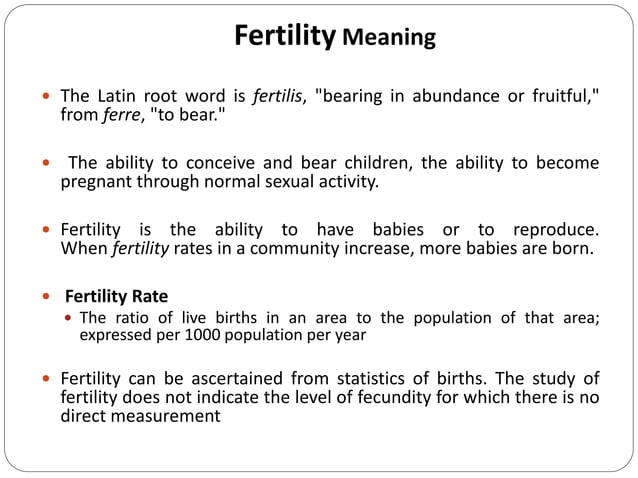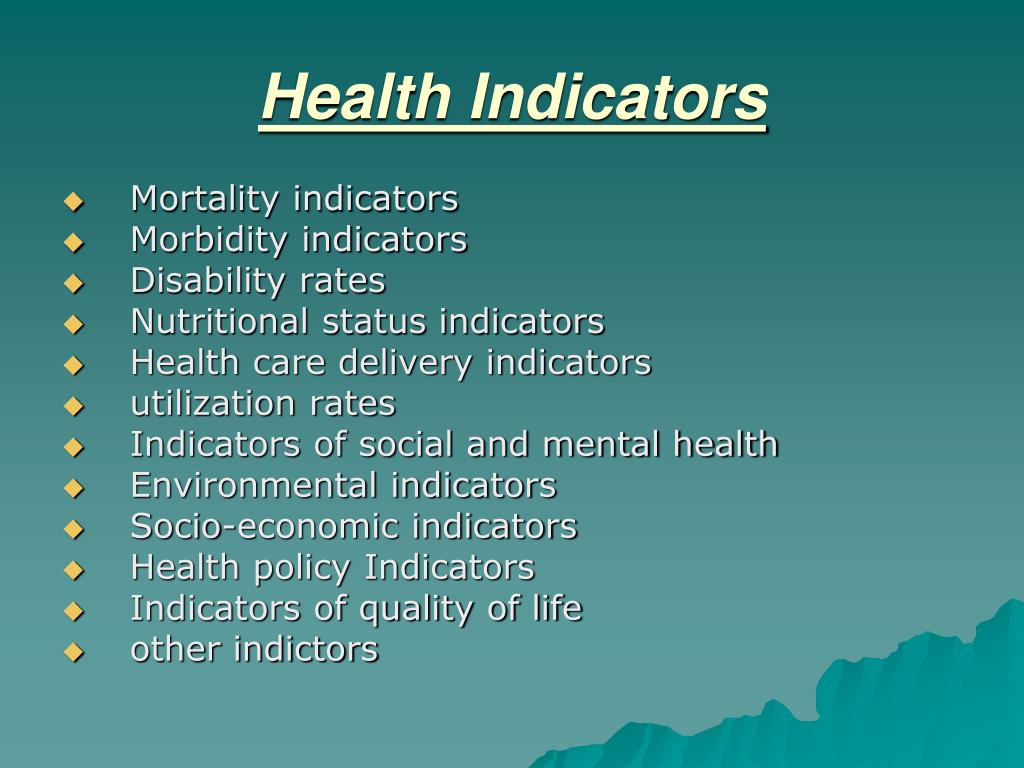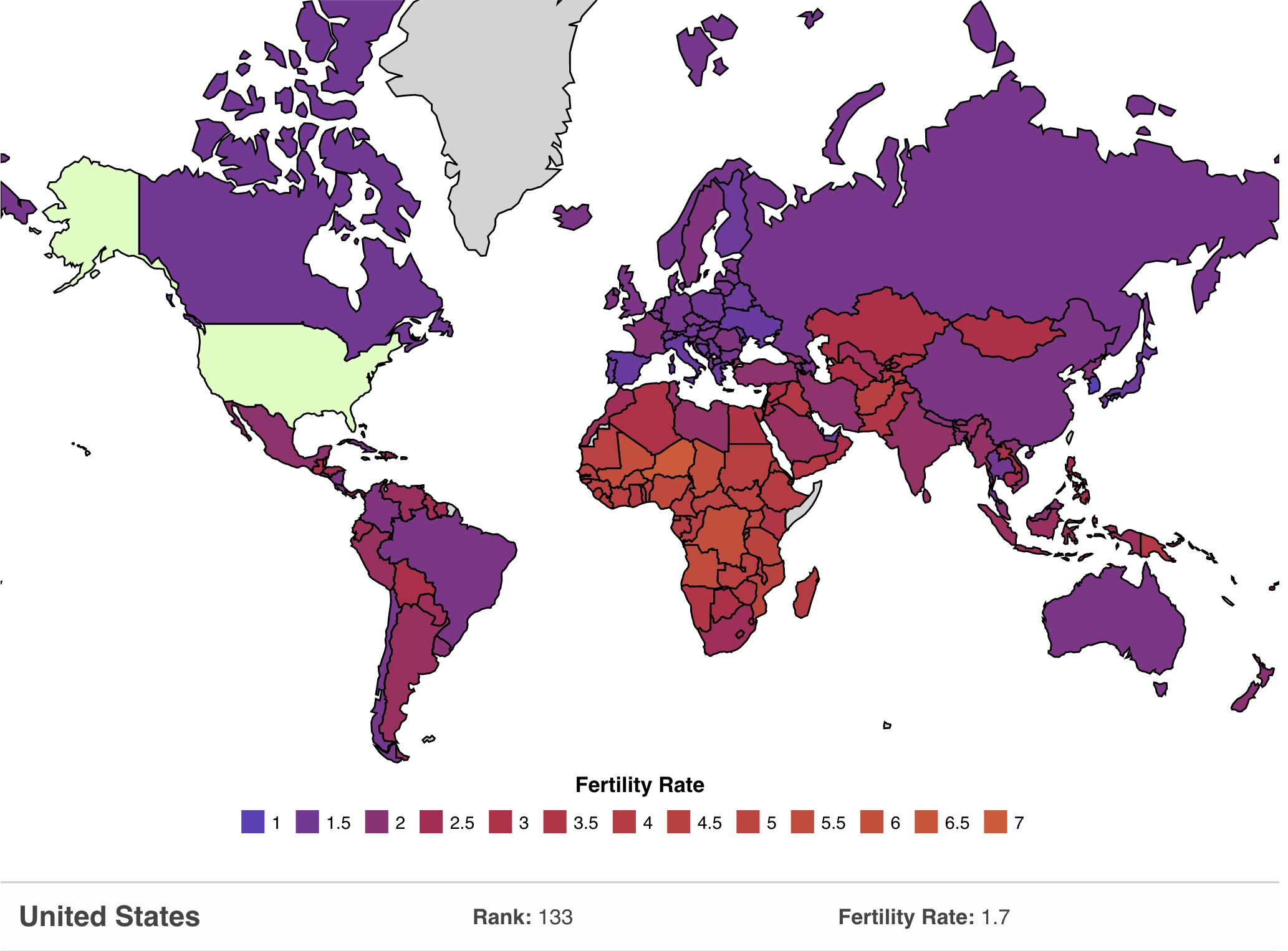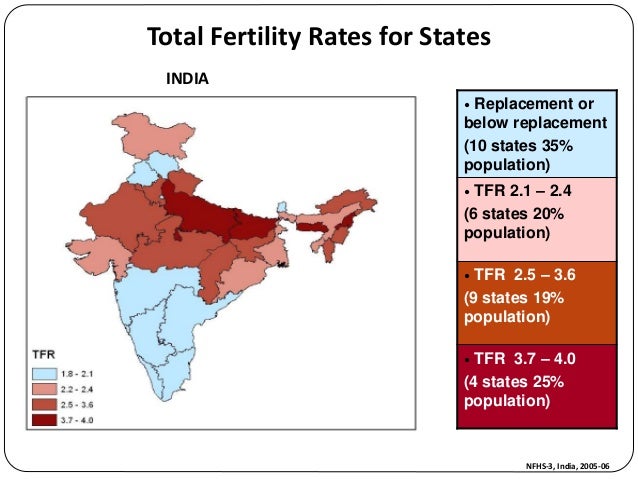HEALTH INDIACTORS AND DEMOCRACY Fertility And Related Statistics Presentation
| Introduction | ||
|---|---|---|
| Health Indicators and Democracy: Fertility and Related Statistics Exploring the relationship between health indicators, democracy, and fertility rates in different countries. Understanding the impact of political and societal factors on population growth. | ||
| 1 | ||
| Definition of Health Indicators | ||
|---|---|---|
| Health indicators are measurable factors that provide insights into the health status of a population. Examples of health indicators include life expectancy, mortality rates, infant mortality rates, and fertility rates. Fertility rates specifically refer to the number of children born per woman of childbearing age in a given population. | ||
| 2 | ||
| Importance of Health Indicators | ||
|---|---|---|
| Health indicators help policymakers and researchers assess the health and well-being of a population. They provide valuable insights into the effectiveness of healthcare systems, social policies, and economic development. Monitoring fertility rates can assist in understanding population growth, family planning needs, and the impact on social and economic resources. | ||
| 3 | ||
| Relationship between Democracy and Health Indicators | ||
|---|---|---|
| Democratic governance plays a crucial role in improving health indicators. Democracies tend to have better access to healthcare, education, and social services, positively impacting health outcomes. Democratic institutions promote transparency, accountability, and citizen participation, leading to more equitable health policies and resource allocation. | ||
| 4 | ||
| Impact of Democracy on Fertility Rates | ||
|---|---|---|
| Democracies often exhibit lower fertility rates compared to autocratic regimes. Access to reproductive health services, education, and empowerment of women in democracies contribute to lower birth rates. Democratic values such as gender equality and individual freedoms encourage family planning and smaller family sizes. | ||
| 5 | ||
| Global Fertility Rates | ||
|---|---|---|
| Fertility rates vary significantly across countries and regions. Sub-Saharan Africa has the highest fertility rates, with an average of over 4 children per woman. European countries and developed nations tend to have lower fertility rates, often below the replacement level of 2.1 children per woman. | ||
| 6 | ||
| Health Indicators and Fertility Rates in India | ||
|---|---|---|
| India, with its diverse population and democratic system, exhibits variations in fertility rates. Fertility rates are generally higher in rural areas compared to urban regions. Socioeconomic factors, education, and access to healthcare services significantly influence fertility rates in India. | ||
| 7 | ||
| Government Initiatives and Impact on Fertility Rates in India | ||
|---|---|---|
| The Indian government has implemented various initiatives to reduce fertility rates. Programs like the National Family Planning Program and Janani Suraksha Yojana aim to improve reproductive health services and promote family planning. These initiatives, along with increased education and awareness, have contributed to a decline in fertility rates in India. | ||
| 8 | ||
| Challenges and Future Outlook | ||
|---|---|---|
| Despite progress, challenges remain in improving health indicators and reducing fertility rates globally. Socioeconomic inequalities, lack of access to healthcare, and cultural norms continue to impact fertility rates. Strengthening democratic institutions, increasing investments in healthcare, and addressing social determinants of health are crucial for further improvements. | ||
| 9 | ||
| Conclusion | ||
|---|---|---|
| Health indicators, including fertility rates, are influenced by political, economic, and social factors. Democracies tend to have better health outcomes and lower fertility rates compared to autocratic regimes. Understanding the relationship between health indicators and democracy can guide policymakers in implementing effective interventions to improve population health and promote sustainable development. | ||
| 10 | ||
